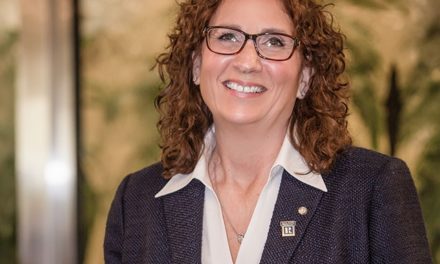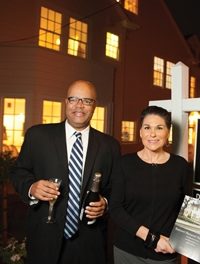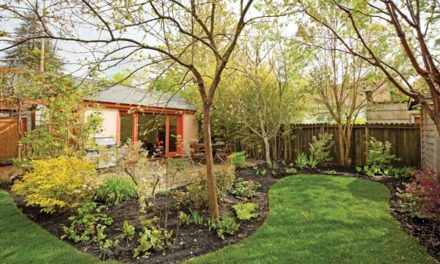Appraiser Nikko Lindley bought before this neighborhood was hot.
Should you worry about overpaying for the neighborhood?
The rule of thumb for home buying used to be: Buy the least expensive house in the most expensive neighborhood. That way, the theory went, you would maximize the appreciation you’d receive as you fixed it up. The corollary was never to buy an expensive house in an inexpensive neighborhood: Its potential value would be held down by its surroundings.
Anyone looking for a house in the inner East Bay right now has only one response: Hah! Or, maybe, bah! With very limited inventory and cutthroat competition, buyers don’t have the luxury of weighing several options.
“Buy anything. Period,” said Ruty Magidish, an independent real estate broker specializing in Oakland.
Tom Hendershot, a senior Redfin agent specializing in the East Bay, said the principle is still good—it’s just too hard to do. “It’s not just typical home buyers looking to purchase; it’s investors, and they are pushing the market in the areas that have those fixers,” he said.
In certain neighborhoods, you can’t buy low, no matter the condition of the house. Hendershot recalls a fixer on Alameda’s Thompson Lane, one of most popular streets in the East Bay, by his estimation. With homes in that little nook typically selling for $1.1 million or $1.2 million, this one, which needed major renovations, sold for around $850,000. “That house was the true definition of a fixer,” he said. “It needed everything.”
There’s a big problem with that scenario: It could be hard to get a mortgage.
Mortgage lenders want to make sure that, if you default, they can sell the property for enough to pay off the loan. Their first line of defense is the appraiser, who reassures the lender that the property is worth at least what the borrower is paying for it.
“The market has gotten more stringent, with more extensive guidelines and a stricter underwriting process,” said Nikko Lindley, principal of Cal Bay Appraisals in Berkeley. “This has led to an overall more conservative framework for the lending industry, including the appraisal component.”
Lindley noted that agents often tell her the number they’re hoping for; but regulations prohibit appraisers from accepting assignments with a predetermined value.
Sometimes comparative sales don’t tell the current market story. Magidish represented an investor who wanted to buy a fourplex. He met the seller’s price, but the property was appraised for less. A second appraisal came in even lower. In the meantime, another investor snapped it up with an all-cash offer at the seller’s asking price. Magidish is philosophical. “Now, the comp exists.”
Lindley herself bought one of the better houses in a neighborhood that wasn’t in high demand five years ago: Chabot Park Highlands in the East Oakland hills. With seven other offers, she had to overbid—a lot. She knew it might not appraise for the selling price, so she offered to make up any difference between the appraisal and the selling price in cash as part of the down payment.
She has had no regrets. “It’s a phenomenal neighborhood,” she said.
Published online on April 12, 2017 8:00 a.m.
















